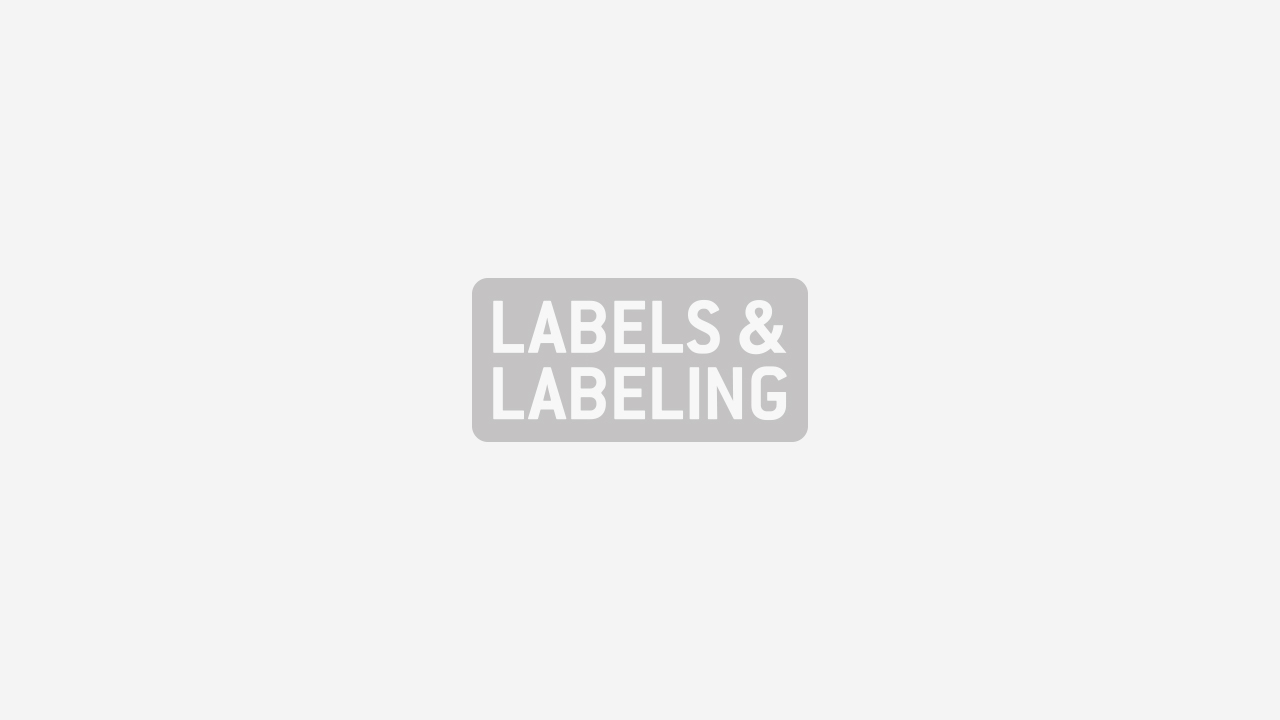Unilux launches LED-Series 2000

Unilux has introduced its new LED-Series 2000 family of LED strobes at Labelexpo Americas 2012. The lights are said to combine the operational and environmental benefits of LED lights with the power of traditional xenon-based strobes plus a few more operational benefits.
‘These are not your father’s strobe lights – or even your father’s LEDs,’ Mike Simonis, president of Unilux, said. ‘They are five times brighter than our first generation of LED strobes. This gives them the same lighting performance as our proven xenon-based lights with only 25 to 35 percent of the power consumption of our comparable Lith-O-Light strobes, and that’s where the comparisons need to be made. Our new LED-Series 2000 strobes are also smaller – about one-third the size of the traditional equivalent – and lighter than the xenon lights and have a greater flash-rate range. All this gives printers and converters many, many more options for mounting lights and adjusting flash rates to maximize inspection capability at full production speed and reduce the fatigue factor for inspection.’
The LED-Series 2000 family comes with a new product-naming convention that corresponds to the coverage area (in millimeters) 50cm (20in) from the light to the inspection area. The new LED-Series2000-500, for example, which replaces the LED 5X2, will emit 2000 lux of illumination on a 500mm width from a distance of 20 in. This is five time more light than the LED 5X2 produces. In fact at a flash duration of 35 microseconds, the LED-Series2000-500 puts out as much light as the xenon based LOL IV-20.
‘The LED-Series 2000 family gets its name from the fact that at a distance of 50 cm the lights will produce a light intensity of 2000 lux,’ said Matt Runo, chief engineer, who led the year-long R&D effort to develop the new lights. ‘While the amount of light produced is the same as the xenon lights which have been workhorse products for years, there’s a big technical difference. The lens designs for the new LED-Series 2000 strobes provide a sharper focus than the xenon lights. This benefits the user by concentrating more light on the inspection area with less spillage outside the area of interest. Getting the same output or more as a xenon-based strobe was our key objective because light output (brightness and coverage area) was a major issue with our first LED strobes.
‘Our LED-Series 2000 family has raised the bar for stroboscopic inspection lighting in three critical operating areas,’ Runo continued. ‘First, the distribution of the LEDs’ across a large rectangular area combined with focusing provided by the lenses creates an even, consistent lighting pattern across the target area, so customers will be able to inspect an area comparable to the LOL family but with an even more uniform illumination. A second benefit is that an LED’s inherent light output is extremely stable and does not suffer from the arc wander and flash to flash variation associated with xenon-based lights. This benefits the user by reducing fatigue and increasing inspection effectiveness.’
The third benefit, Runo pointed out, is the flexibility for mounting locations due to its smaller size and the ability to control the lights output.
‘Light output is controlled by varying both the light intensity and the duration or on time of the light. The perceived light intensity seen by the user is actually a relationship between the intensity of light and the light duration,’ he said. ‘A longer pulse rate, say 65 microseconds, gives you more light, but the sharpness of an image frozen by the action of the strobe degrades with longer durations. A longer duration can work well for repeat patterns with larger images. But when you have something small with fine detail, then you need a shorter duration for improved clarity. With our new LEDs, you can dial down the light duration to as short as 10 microseconds and mount it close enough to the web so that you can see the fine details. The light duration of the xenon strobes can’t be controlled so they don’t have the same flexibility provided by their LED counterparts.’
LED’s can last five to eight years, depending on use, and they lower the cost of ownership by eliminating the need to change lamps, avoiding unscheduled outages and lowering power consumption. They do not create ozone during operation, and they require no special disposal methods when they burn out.
The LED-Series 2000 family of stroboscopic inspection lights includes 10 models from the 100 to the 2500 covering 10cm (four inches) to two and a half meters (eight inches).
Click here for more stories about Unilux on L&L.com.
Click here for more stories about Labelexpo Americas on L&L.com.
Stay up to date
Subscribe to the free Label News newsletter and receive the latest content every week. We'll never share your email address.

